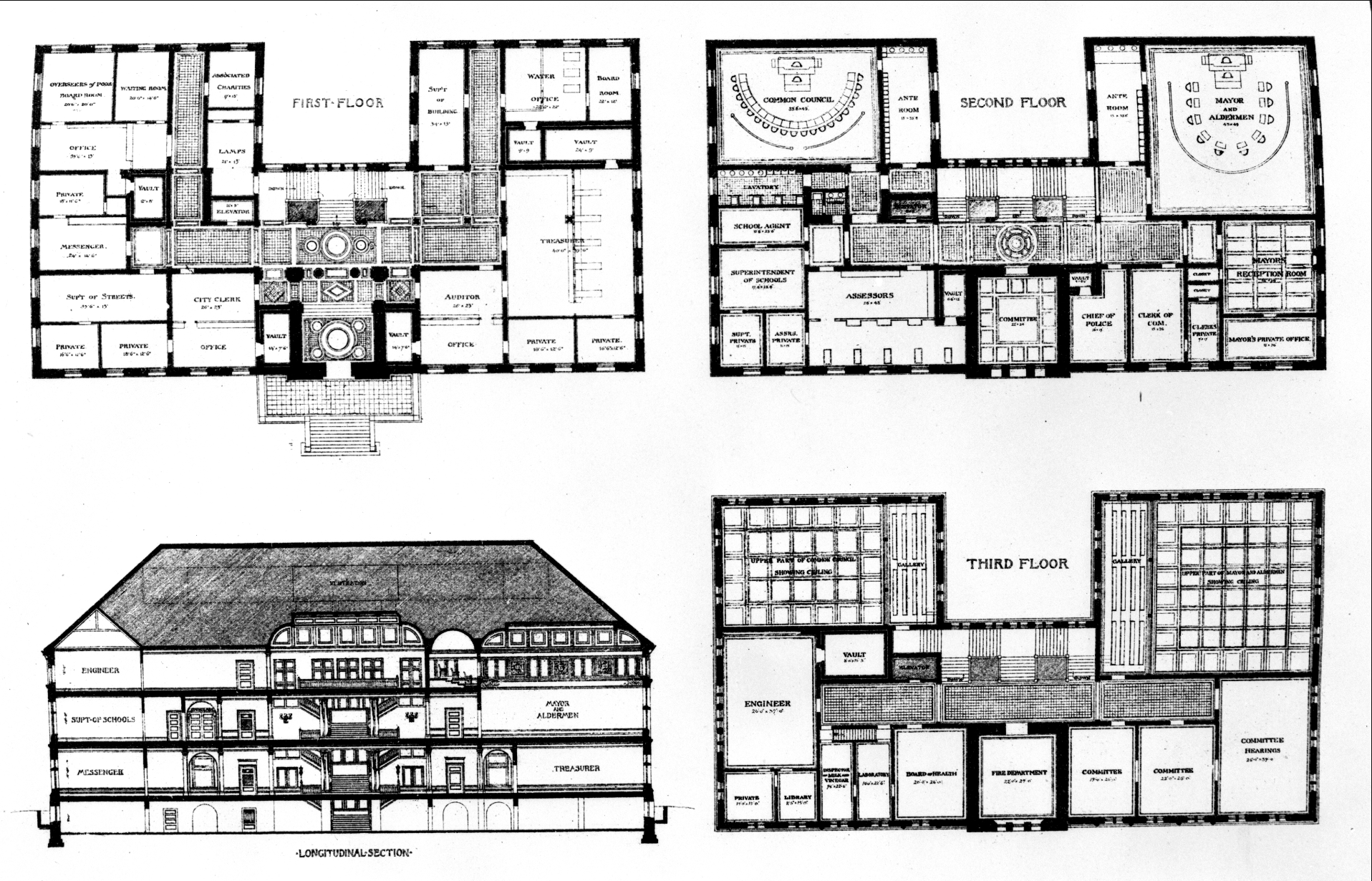Construction mega projects are complex undertakings, prone to scope creep and schedule and cost overruns. Configuration Management (CM)—the detailed recording and updating of project information—can help organize a mega project and fend off cost overruns. CM establishes a project baseline, a clearer definition of project responsibilities and paper work flows, and a way to track and monitor project changes to prevent scope creep. New advances in data analytics can automatically identify construction project issues and problems in CM systems by mining text and numerical construction data for information and drawing conclusions from that data.
As senior researcher at the Center for Advanced Infrastructure and Transportation at Rutgers University I’ve worked with PACO Technologies, a Configuration Management consultant and the provider of a web-based Configuration Management system. Frank Otero, PACO founder and chairman, taught me the power of using CM to reduce change orders and schedule slippages. The CM system gives a way to log, manage and approve all project changes. Construction documents are scanned into the CM system to provide a paper trail of project activities, which is useful on long-term projects where personnel change over time. I learned that CM works best when it is established at the initiation of the project, where a baseline defining the project can be established and then compared to later project changes to insure that scope creep is not occurring. I worked on a project early in my career that ended two years late. I realize now that if we’d applied proper CM, all the problems encountered could have been prevented.
A CM system with its document management capabilities can provide a platform for an increased use of data analytics in construction. One can use sentiment analysis—a text mining technique—to examine project emails and documents contained in a configuration management system. Sentiment analysis identifies occurrences of “bad” words that indicate construction problems like “change order” or “injury“ and automatically alerts managers of their use. This can be done in real time as documents and emails flow into the CM System. Additionally, clustering algorithms can automatically categorize email and document topics.
There are many other types of data analytic solutions like data visualization and text visualization that can be applied to the documents captured in a configuration management system. As we collect more and more data and store it in document repositories, applications of data analytics will grow in the construction industry and may provide much better insight into construction project problems than is currently available.
The construction industry is focusing on the adaption of BIM, but CM tools are already available to help manage complex projects, and they will become more powerful as data analytics are incorporated in them. The use of CM in the construction industry has been sporadic. More construction companies should use CM to better control complex projects. It also befits the construction industry to become more familiar with data analytics to use its power to find new meaning in the data collected in CM systems.
Trefor Williams is Professor of Civil Engineering and Director of the construction management program at Rutgers University.


Post a comment to this article
Report Abusive Comment